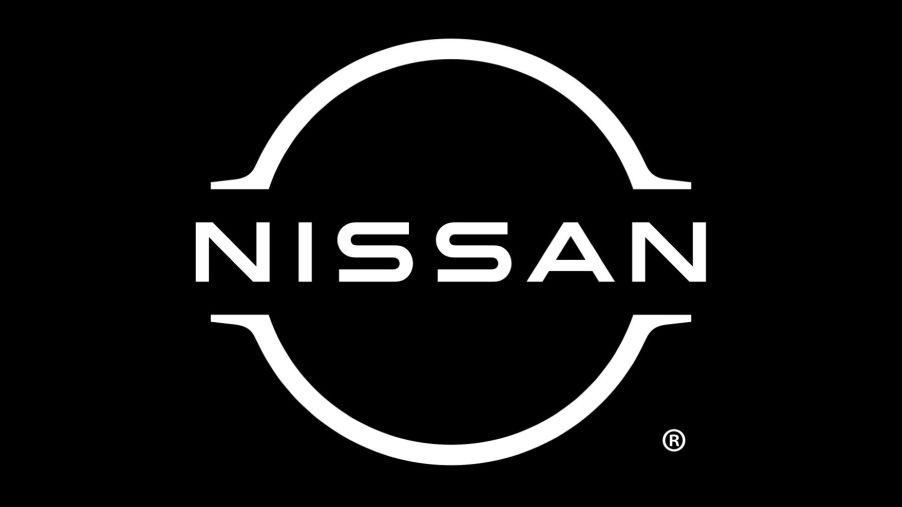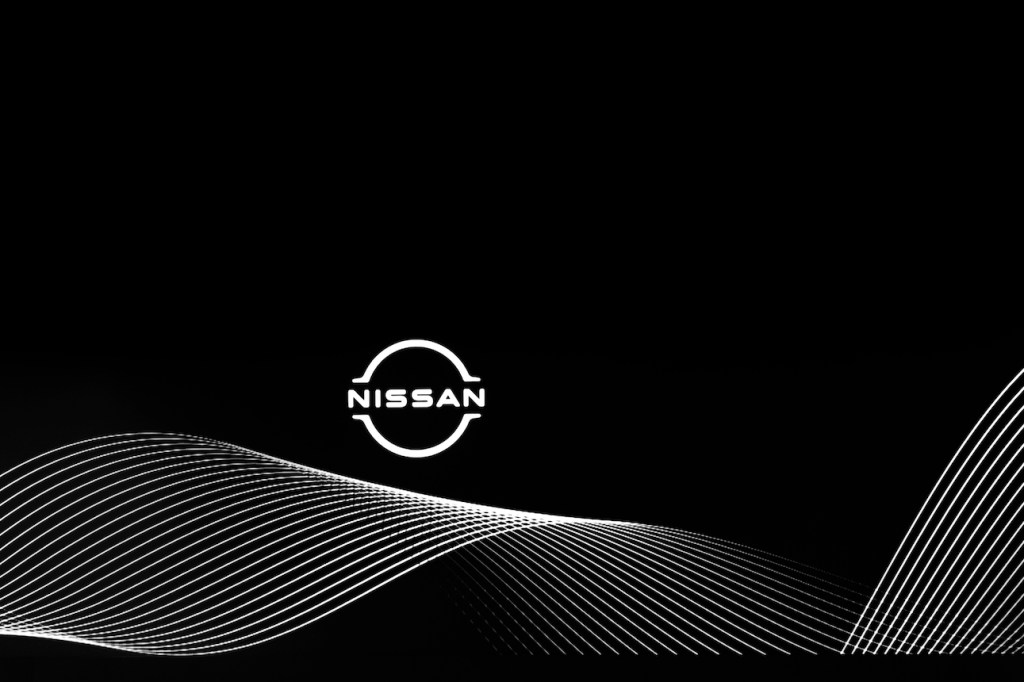
Has Nissan Peaked in the United States?
There are plenty of foreign automakers that do incredibly well in the North American and U.S. markets. But what about Nissan? Has the brand started to lose its luster? The new year brings year-end totals and sales figures from big automakers. Sales and revenue data have been released, and, for the most part, many brands fared well in 2022. Much of the auto market is returning to pre-pandemic normalcy. But there are new nuances, like the popularity and emergence of electric vehicles. So, with all the market shifts and these recently released sales numbers, have Nissan sales in the U.S. reached their peak?
Recent for Nissan sales data in the U.S.

There was a time when Nissan proved to be the powerhouse Japanese brand in the U.S. In the 2010s, for example, Nissan experienced very healthy growth. It was during that decade that Nissan achieved its peak, taking 8.37% of the market share in 2017.
But in reviewing the sales metrics since then, it seems Nissan has gradually started to lose its hold, experiencing marginal market share decreases.
Looking at the data capturing the 2020 market year forward, Nissan’s numbers appear to be slipping even more. GoodCarBadCar broke down the sales figures for Nissan from 2005 to 2022. And while year-end unit totals still hover above one million, there are steep sales declines between 2020 and 2022.
During its peak year, monthly Nissan sales ranged between 97,340 units and 150,566 units. However, the 2020 monthly ranges were only between 29,024 units and 97,576 units. And last year, Nissan only sold 47,013 models in July and 68,341 models in March.
So, is Nissan losing its sales edge in the U.S., or is there something else impacting Nissan’s ability to move units?
Why the sales figures might not paint the truest picture
No one’s contesting that Nissan’s sales numbers are down, especially over the last two years. However, the circumstances resulting in some of those downward trends are up for speculation.
The effects of the pandemic, along with plant shuttering and stagnant buying, hurt auto sales across the board. Consumers forced to prolong beyond their lease contracts allowed for a wave of sales activity all at once, creating demand that supply couldn’t keep up with at the time.
Speaking of supply, the more recent supply chain bottlenecks, including those related to the coveted microchips, also hurt sales. Add in the economic shifts inspiring inflation talks, and you have an auto sales environment that is far from normal.
So, yes. Nissan’s sales numbers are falling. But consumers shouldn’t assume it’s much of a sign that Nissan isn’t producing quality vehicles. Consider the economic climate in recent years and take these sales figures with a grain of salt.
What will Nissan have to do to rebound with its market share in the United States?
According to The Detroit Bureau, Nissan’s CEO Makoto Uchida believes the company is headed in the right direction. He says the company’s “strong first half performance reflects our steadily improving structure,” referring to profit centers and business foundation. If Nissan has faith in its long-term plans, so should consumers.
Cars Guide shared the growing anticipation for Nissan to release its 2023 Pathfinder and new Ariya, along with its “ePower” hybrid technology slated for lineup appearances later this year. And new introductions and model redesigns are pivotal for Nissan to resume its place among the top three Japanese automakers in the U.S. At the very least, Nissan is hopeful its new initiatives will reverse its nearly 33% deficit.
If you think Nissan has lost steam in the U.S. markets, you’d be right. But there are other factors at play and plans for a resurgence. Consumers probably shouldn’t count Nissan out of the game just yet.


